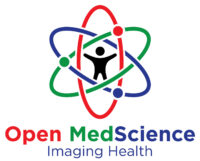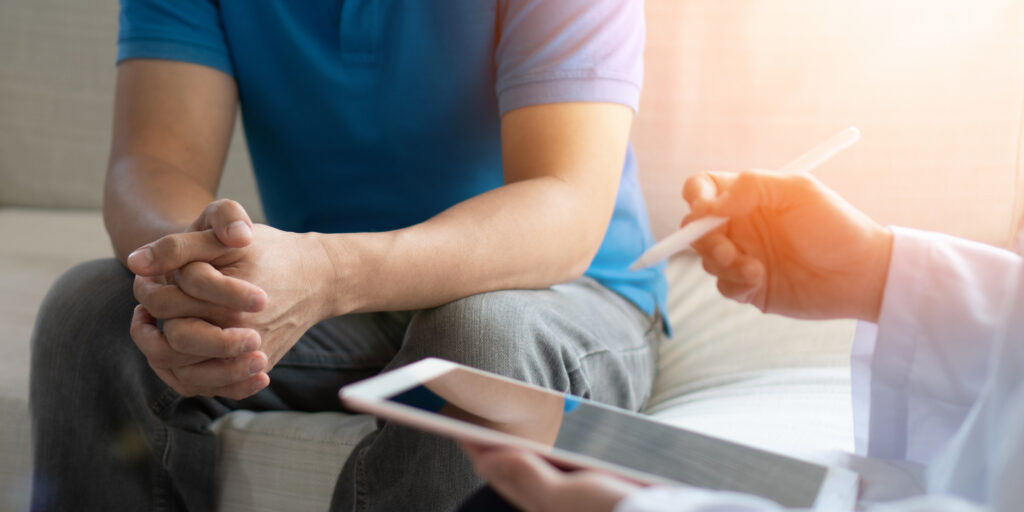Where you live shapes your addiction recovery path in profound ways. Everything from access to treatment to the strength of your support network are influenced by geography. Nowhere is this clearer than in a region like Hawaii. This island state offers both unique challenges and opportunities for individuals in recovery. A case study in Hawaii is used to go over the five ways location impacts addiction treatment outcomes.
1. Accessing Treatment Facilities
Living in Hawaii can make finding treatment difficult because of the logistics of navigating around the islands to find a good fit for your condition. The state’s geography limits the availability and accessibility of rehab centers for the entire state. The limited number of centers are supposed to serve a population of 1.4 million people. Many of these centers are concentrated on the island of Oahu. Residents of neighboring islands like Maui or Kauai are left with fewer options for treatment.
Costly flights and hours of travels may be required for individuals who live in rural areas like Hana or Maui to reach a treatment facility. Long distances can deter people from seeking help. This is a concern because only 10% of those with substance use disorders nationwide receive treatment. This figure is likely lower in remote areas. There are fewer specialized programs for individuals struggling with co-occurring mental health disorders due to the secluded nature of the island’s topography.
2. Support Systems and Community
Island life can both help and hinder the human connection that drives recovery. Hawaii’s tight-knit communities are rooted in family and can provide unparalleled emotional support. That same closeness can amplify stigma and make it harder to seek help openly.
Social isolation is a risk factor for relapse and in rural Hawaiian towns, limited peer support groups like Alcoholics Anonymous can leave individuals feeling lonely. Urban Honolulu offers more opportunities for recovery meetings, but the fast paced environment may overwhelm some. The state’s cultural emphasis on community can be a strength but only if the stigma in receiving addiction treatment is addressed to provide safe spaces for recovery.
3. Cost of Treatment
One significant barrier to treatment is Hawaii’s high cost of living, which extends to addiction treatment. The average cost of an inpatient program in the United States is between $10,000 to $30,000 for 30 days. Expenses like facility overhead and staff salaries drive prices higher in Hawaii.
Exclusive programs can cost between $30,000 to $50,000 for 30 days. While 72% of Hawaii’s facilities accept private insurance, many residents rely on Medicaid, which fewer luxury rehabs accept. Self pay options strain families already facing Hawaii’s steep housing and food costs. This has pushed some to forego treatment or opt for less effective outpatient care.
4. Environmental Triggers
Hawaii’s breathtaking landscapes can be calming for the soul but they don’t erase environmental triggers. Methamphetamine is Hawaii’s primary drug of concern, and 35% of treatment admissions were tied to meth use in 2020.
In tourist-heavy areas like Waikiki, recovery can be difficult because there’s easy access to drugs and alcohol. Rural areas are quieter but may lack distractions or job opportunities, which increases stressors and relapse risks.
Hawaii’s natural beauty supports holistic therapies like wilderness programs that are offered by centers like the Salvation Army’s Hawaii center. These programs leverage the island’s beaches and forests to promote mindfulness and show how location can be a healing asset when used strategically.
5. Transportation and Logistics
Getting to treatment in Hawaii often feels like a journey itself as public transit is limited, and there are vast distances between islands. Transportation is a hurdle. Travel time impacts treatment attendance, and in Hawaii, interisland flights and ferries add costs and complexity.
A resident of the Big Island may need to fly to Oahu for inpatient care, which can add $100-$200 for a round trip. Rural clients face long drives to outpatient programs, and unreliable vehicles or fuel costs can disrupt consistency. While some facilities offer transportation assistance, only 20% of Hawaii’s rehabs provide this feature.
Hawaii’s Unique Context
Hawaii’s drug statistics paint a sobering picture. In 2020, 6.1% of Hawaiians aged 12 and older used illicit drugs in the past month. While these figures are slightly above the national average, it’s still a cause for concern.
Methamphetamine drives the crisis with 0.8% of residents reporting past year use and opioid related deaths. The state’s isolated geography amplifies these challenges, but its cultural strengths like community resilience and holistic healing traditions offer hope.
Facilities like the Salvation Army offer a faith-based 12 step program and provide low cost care. Other facilities integrate naturopathic therapies that align with Hawaii’s wellness principles.
A Path Forward
Location shapes addiction treatment in ways we can’t ignore. Hawaii’s story shows how geography can both challenge and inspire recovery. The state’s leaders can bridge the gaps in care by expanding telehealth, increasing Medicaid accepting facilities and fostering stigma-free communities. For anyone seeking help, know that your environment and determination matters.
Disclaimer
The information contained in this article, “5 Ways Location Impacts Addiction Treatment Outcomes: A Hawaii Case Study,” is provided for general informational and educational purposes only. It is not intended to constitute or substitute for professional medical, clinical, psychological, legal, or financial advice. Readers should not rely solely on the content herein for decisions related to healthcare or treatment, and should always seek the advice of a qualified healthcare provider or relevant professional with any questions regarding a medical condition, treatment options, or legal rights.
Open MedScience makes no representations or warranties of any kind, express or implied, about the completeness, accuracy, reliability, suitability, or availability of the information contained in this article. Any reliance placed on such information is strictly at the reader’s own risk.
Mention of specific organisations, treatment facilities, or programmes is for illustrative purposes only and does not imply endorsement, affiliation, or recommendation by Open MedScience. The availability, quality, and effectiveness of services mentioned may vary and are subject to change.
Open MedScience shall not be held liable for any loss or damage, including without limitation, indirect or consequential loss or damage, arising out of or in connection with the use of or reliance on any information provided in this article.
If you or someone you know is experiencing substance use or mental health issues, please contact a qualified professional or a recognised support service immediately.
You are here: home » diagnostic medical imaging blog »



